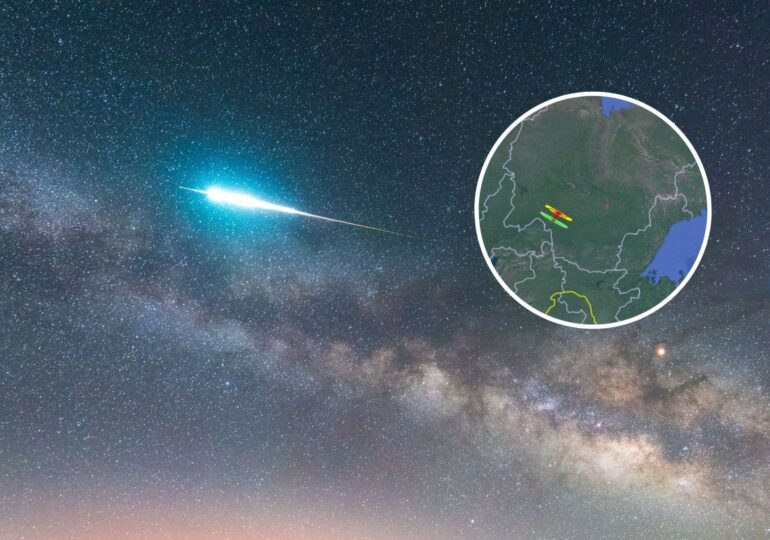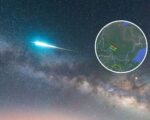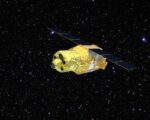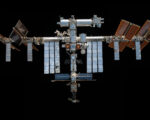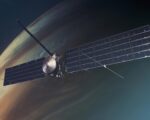NASA Identifies A Life-Supporting Energy Source And Molecule On Saturn’s Icy Moon

In a recent study, the identification of a vital life ingredient and potent energy sources that can initiate it has been revealed.Researchers have uncovered evidence of a fundamental life ingredient and a robust energy source that could potentially sustain life on Saturn’s frigid moon, Enceladus.
It was already known that the giant plumes of water vapour and ice grains thrown out by Enceladus are rich with organic compounds, some of which are important for life as we know it to exist. But now, researchers have taken it another step further. They analysed data from NASA’s Cassini mission and found confirmation that hydrogen cyanide, a key life molecule, exists on the icy moon.
They also confirmed that the ocean that hides under the moon’s icy outer shell holds a powerful source of chemical energy. The study published in the journal Nature Astronomy reveal that there may be more chemical energy inside the moon than previously understood. The higher the energy available, the higher the chances of life existing.



